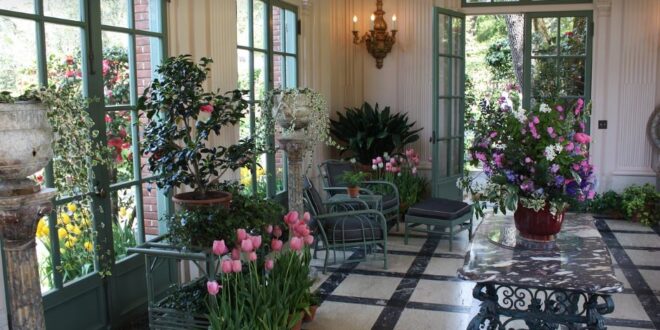A couple of decades ago, households might have had a couple of indoor plants for each room. Today, the popularity of houseplants has exploded, leading to the emergence of botanical interiors that sees houses take the form of lush rainforests and dense forests.
That might be an exaggeration, but there’s no understating the 21% rise in searches for ‘biophilic design’ in 2022 and the 8.1 million posts on social media with the hashtag #houseplants. Never mind cupboards, tables and chairs, green foliage and potted plants are the furniture that everyone is talking about. Thanks to research conducted by furniture specialists Hammonds, we know everything there is to know about the unstoppable rise of the humble houseplant.
So, as temperatures and humidity levels begin to rise, how exactly do we keep our plant babies alive? Here are some top tips about how to care for the most popular species.
The most popular houseplants
At the top of the list with 79.3k monthly related searches is the Chinese Money Plant, and not just because it’s supposed to bring you luck. Its unusual leaf shape makes it an attractive addition to any room. Up next is the healing aloe vera with 72.2k related searches per month. And no surprises there; they’re easy to care for and require very little water for the forgetful plant parents amongst us.
In third place is the Monstera Deliciosa (Swiss Cheese Plant) which received 58.2 monthly related searches. Thanks to their big leaves and adaptability, these plants brighten up any empty corners and bring plenty of character along with them.
Top tips on how to care for your plants
Adjust light levels
Not all plants thrive in a super sunny environment, no matter what the principles of photosynthesis are. Plants such as the Swiss Cheese Plant and the Chinese Money Plant thrive in indirect sunlight, and so are ideally placed near or next to a windowsill. This will allow them to get the natural light they need to thrive, without being exposed to too much direct sunlight, which can result in bleaching and burning. Moist, shaded rooms like bathrooms and kitchens are ideal spots for many houseplants.
Keep humidity levels high
In order to keep your houseplants in tip-top condition, it’s important to try as best you can to replicate their natural environments. Many of the houseplants we know and love in the UK grow in tropical rainforests with high humidity. In order to keep the leaves nice and moist, a simple mist with a spray bottle once a day can keep the leaves looking bright and glossy. Succulents such as aloe vera love the humidity of steamy bathrooms, and can do a great job in purifying the air and filtering out toxins. Plus, you’ll get to enjoy them a whole lot more!
Be careful when watering
Most people think you can only kill a plant by underwatering it. However, overwatering is just as big of a problem. Too much water and the soil becomes heavy and sodden, crushing the roots and flooding the plant. If the soil is still moist, don’t water it. And to avoid forgetting to water your plants altogether, create a water schedule and stick to it.
Keep them well-fed
Whilst it’s important to keep on top of your watering schedule, you can also give your houseplants a little extra TLC by incorporating good-quality fertiliser, or plant food, into your watering routine. Different plant types will require different amounts and different compositions of feeding so do your research on what works best for your plant. Green foliage plants for example work best when fed every two weeks using a fertiliser with a high nitrogen content, and you can buy specifically tailored feed for succulents such as cacti and flowering plants like orchids.
Repot if needed
If you’re doing everything right but your plant is refusing to grow, it might need repotting. Carefully separate your plant into two or three smaller plants, put them in new pots with fresh soil, and watch them thrive!
Keep them clean
Just as you invest time into dusting and cleaning surfaces in your living room, you should also ensure giving your houseplants the once over is part of your cleaning routine. Use a damp cloth or paper towel to clear any dust and detritus from the leaves of your plant, and keep a look out for any signs of pest damage or any actual pests such as mites and gnats. If you do spot signs of damage, keep the infected plant away from others and give it a thorough clean and repot.
 Gardeners Club The Gardeners Club is a free to join online club for everyone with an interest in gardening and gardens.
Gardeners Club The Gardeners Club is a free to join online club for everyone with an interest in gardening and gardens.






